A new report details more of the hurdles that Apple has faced in developing its mixed-reality headset, including one stemming from a decision by former Apple design chief Jony Ive.
According to The Information, Apple made a decision in 2019 to continue work on a standalone headset with its own processing power instead of one paired with a base station. That's despite the fact that the base station unit had superior graphics and photorealistic avatars.
Mike Rockwell, the executive in charge of Apple's VR team, believed the base station model would win out among Apple brass because he thought they wouldn't accept the cartoony graphics of the standalone model. However, he was wrong.
Ive pushed for the standalone version since the earliest days of development, and Apple's top executives sided with him. That choice has reportedly had lasting repercussions.
In the years since that decision was made in 2019, Apple's team working on the project would struggle to overcome technical hurdles related to chips, cameras, and avatars. Those hurdles have had real effects. A repot from January indicated that Apple cancelled plans to debut the device at WWDC 2022.
People familiar with the matter say that Rockwell has failed to deliver the premium MR experience he promised Apple executives. Apple executives are expecting an AR experience beyond rivals like Meta, with virtually no latency and advanced graphics and body tracking.
Some executives blame Ive, who The Information says fundamentally changed the product's main goal. Originally, it was meant to be a device creatives and professionals would use at a desk. Ive envisioned it to be a portable product.
Advocates for the desk bound version said that Apple should have released a device that creatives could use to create mixed-reality experiences before moving onto something for consumers, such as "Apple Glass."
Other details in the report include the fact that Apple tapped Kim Vorrath to help discipline the team, which had previously acted more like a "freewheeling" startup within Apple. The report also claims that Apple's team took MR units disguised as surveying equipment into the field to test digital map creation.
One app that Rockwell and his team wanted to wow executives with was a FaceTime-like system with photorealistic avatars that could make participants feel like they were in the same location. Apparently, one attempt at the app backfired, since the photorealistic avatars had crossed into "uncanny valley" territory.
Ive's influence still lingers over the project. Although the Apple design chief left the company in 2019, he still reportedly consults with the iPhone maker on the headset. He reportedly continues to tweak the design of the device.
Apple is continuing to work toward reducing component costs for the device, and is also working with other companies like Unity Technologies to allow third-party developers to create software for the headset.
 Mike Peterson
Mike Peterson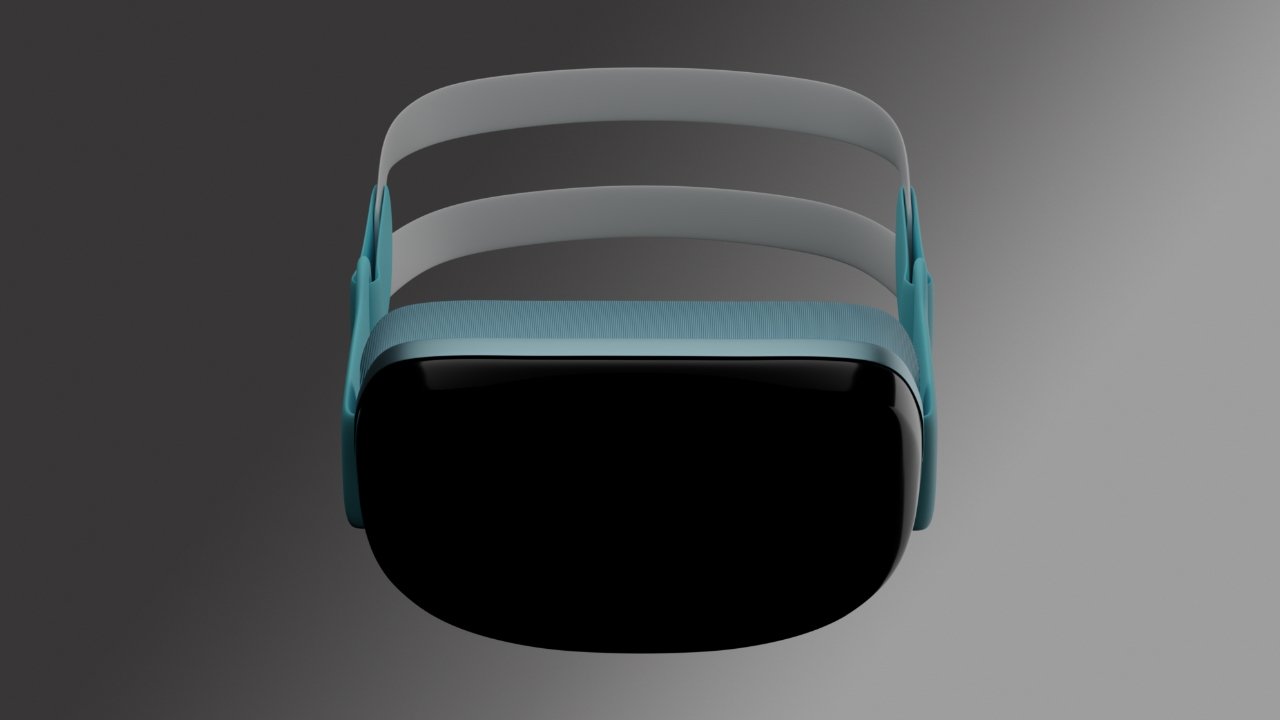
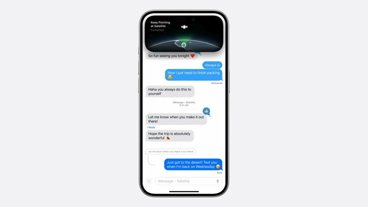
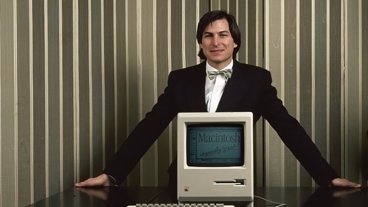
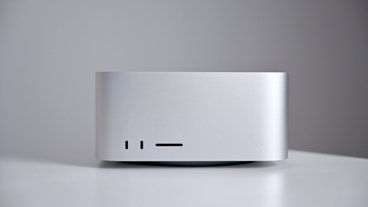

-xl-m.jpg)
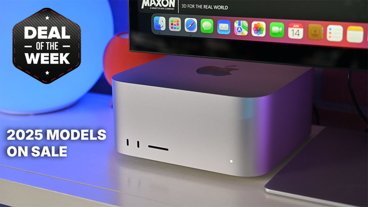

-m.jpg)

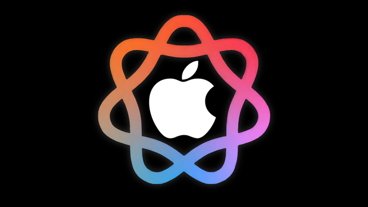
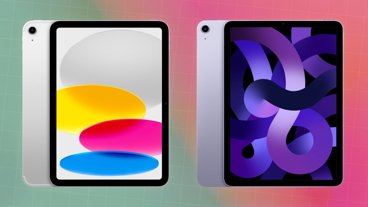
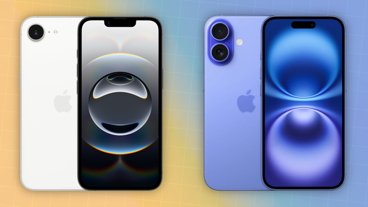
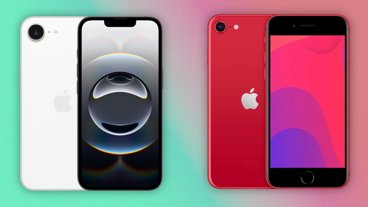
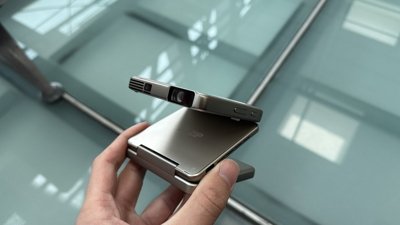
 Thomas Sibilly
Thomas Sibilly
 Wesley Hilliard
Wesley Hilliard
 Christine McKee
Christine McKee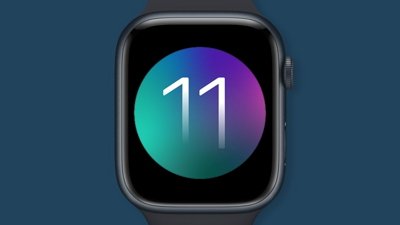
 Amber Neely
Amber Neely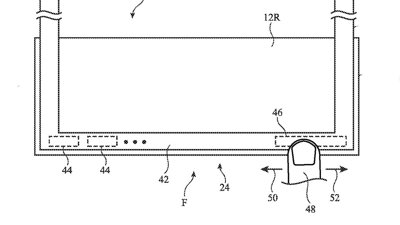
 William Gallagher
William Gallagher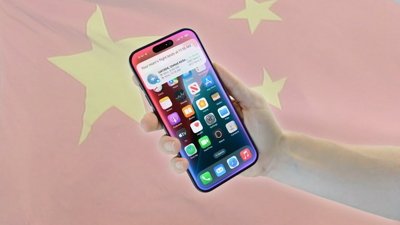
 Malcolm Owen
Malcolm Owen
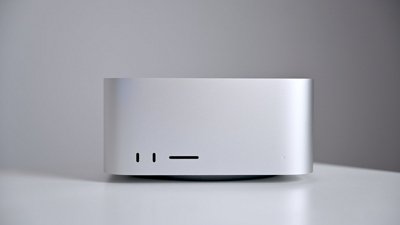
 Mike Wuerthele
Mike Wuerthele
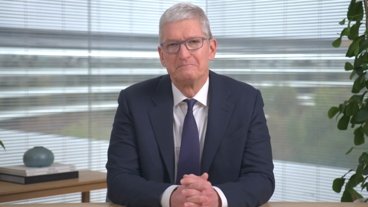
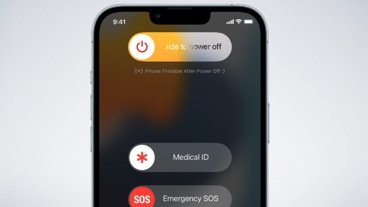

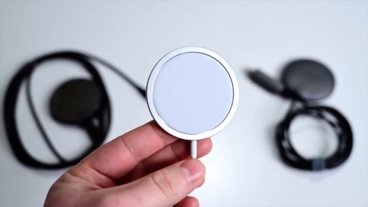
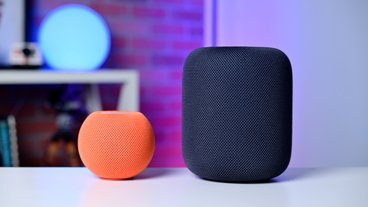
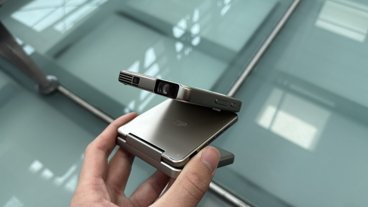


30 Comments
I own everything Apple, but I have a tough time with the use case for this. I'm not a gamer, but I would think from Apple's perspective, a gamer focus "mostly" would be a long-term failure.
I've thought AR for vertical business uses would be a great start - one example is the financial industry, where most everyone is looking at 2-4 large monitors. Imagine the space and cost savings (though would need to be 8k resolution minimum to start effectively replacing the real estate of multiple monitors I suppose). Medical, technical documentation, legal, security, etc. Many verticals, but will depend on strong developer support...
I’m of the mindset that anything tech that places an undue burden upon the user is always doomed to fail mass-market. Current AR/VR is too niche, and annoying to wear. And there is one factor that is always overlooked: our eyes expect to do both the parallax and focus adjustments concurrently, but because VR screens are locked to the set distance-even with optical correction-our minds want the refocus as we change parallax. This is one cause of headaches (I experience this also with 3D movies, which also failed because of the requirement for users to wear 3D glasses).
I’m sure Apple’s entry will be extraordinary and cool, but it’ll be prohibitively expensive, yet still have the same focus/parallax limitations of every AR/VR headset.